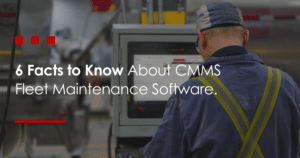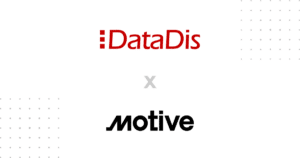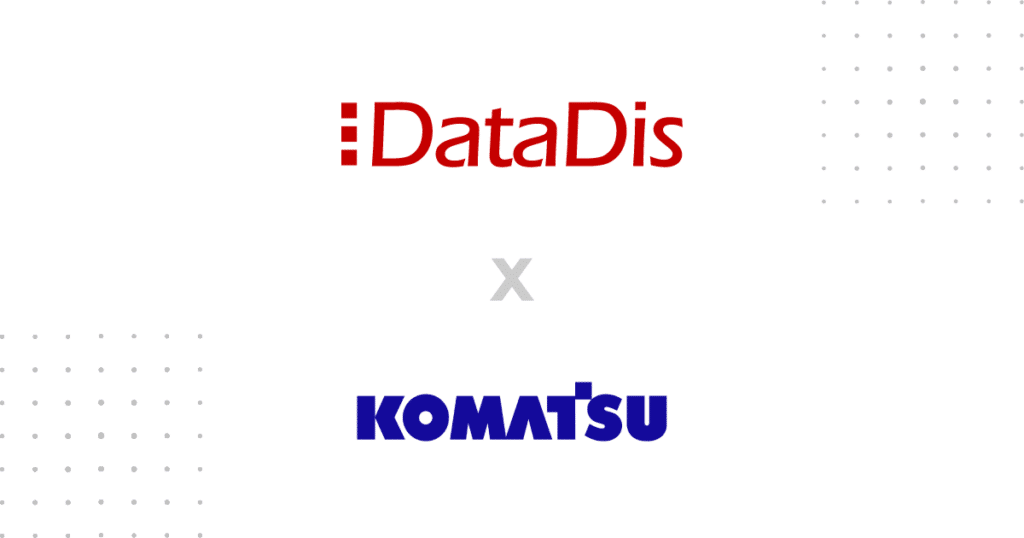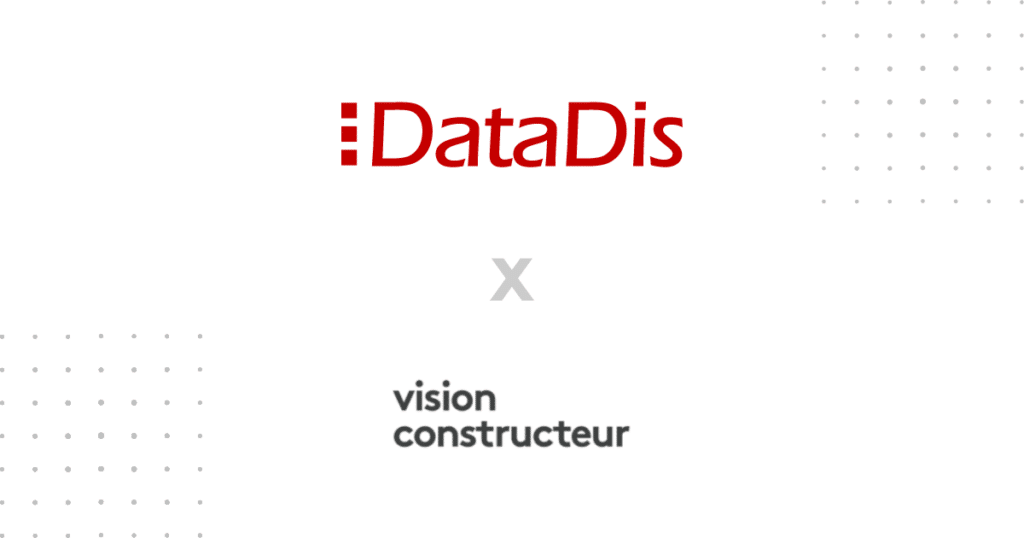Vehicle Maintenance Reporting Standards (VMRS) are crucial in heavy vehicle maintenance operations. Designed to simplify the process of record keeping and data transfer in fleet management, VMRS codes are essential tools for effective and efficient operations.
What Are VMRS Standards?
VMRS standards serve as a universal language in the fleet industry. Developed by the Technology and Maintenance Council (TMC) of the American Trucking Association (ATA), This standardized coding system provides a consistent method for tracking vehicle condition, maintenance costs and simplifying parts and service management. Initially, these standards were used exclusively for the trucking industry, but over time, their use has expanded to the maintenance of other equipment, such as construction machinery.
The list of these code keys is made available to ATA members but may also be integrated into specific fleet maintenance software with a distributor license provided by the ATA. Some other workshop management software offers an equivalence of the codes they developed, taking inspiration from this classification.

What is a VMRS Code for Maintenance?
A VMRS code for maintenance management of heavy vehicles and equipment classifies each maintenance or repair performed on a vehicle. It is a multiple-digit number that identifies the system, the assembly, component and other details of a repair carried out, streamlining the process of documenting maintenance activities. VMRS codes in maintenance ensure uniformity between different mechanics, allowing easy data analysis and identification of trends for better fleet maintenance management.
How Many VMRS Codes Are There?
Hundreds of VMRS codes are designed to identify a vehicle maintenance part or process specifically. This extensive coding system allows accurate tracking and data collection, from major maintenance to minor adjustments. Each of the code keys has numerous specification options, resulting in over 34,000 description codes existing to date. This number continues to increase as the TMC updates its VMRS code list annually.
Defining the 11 Most Important VMRS Code Keys
Let’s take a look at the summary definitions of some of the most helpful code keys for your fleet maintenance management:
1. Code Key 2: Asset Classification – a marker for the type of unit being maintained (such as a truck, trailer or construction equipment).
2. Code Key 5: Energy Source – indicates the unit’s power method (examples include diesel, LNG, and CNG).
3. Code Key 14: Repair Reason Codes – these determine the reasons that brought the unit to the mechanic shop. This category includes around 40 codes, such as preventive maintenance (PM), inspection and breakdown.
4. Code Key 15: Work Performed Codes — a two-digit code specifying the work performed by the technician on the unit. Approximately 50 codes in this category cover alignment, cleaning and replacement with a new component
5. Code Key 18: Failure Codes – helps the technician identify why a part may have malfunctioned. This category includes over 90 codes, including dented and improper welds, oil leaks, crushing, etc.
6. Code Key 31: System Level Indicators – a three-digit number that marks the group involved in the repair (like the brakes, for example).
7. Code Key 32: Assembly Level Indicators — used to give more clarity to the system (like front brakes, for example).
8. Code Key 33: Component Level Indicators – a three-digit number identifying the component; this is not the manufacturer’s part number but a universal term for the component (front brake lining, for example).
9. Code Key 34: Manufacturer/Supplier Brand Codes — a five-character alphabetical code to mark the component manufacturer.
10. Code Key 79: Position Codes – indicates the precise location of repair work on the unit.
11. Code Key 82: Operator Comments/Complaints – this records the driver’s account of the symptoms exhibited by the unit.
Why Are VMRS Codes Important?
VMRS codes ensure that maintenance activities are accurately documented and easily accessible to supervisors. It enables more optimized operations and better cost tracking and performance metrics. These codes also represent a goldmine of information for preventive maintenance in your organization, helping you anticipate potential repairs or component replacements before they become problematic.
Through these codes, heavy vehicles and equipment fleet managers can better understand the condition of their vehicles and ensure their operations run smoothly and efficiently. Also, these codes constitute an invaluable asset for heavy industry because they make it possible to standardize the documentation of maintenance operations within a company and between different organizations. This way, a new mechanic coming into your business can get to work quickly and draw on their previous experience to document their work at your place similarly.
However, all mechanics must understand the nine-digit code system to keep vehicles operational in optimal condition and to avoid burdensome documentation processes.
The Benefits of VMRS Codes
The use of VMRS codes presents several vital benefits for maintenance operations. By eliminating manual entry and providing standardized data collection, VMRS codes facilitate the tasks of the various stakeholders involved in maintenance operations.
As we move towards a more digitized era of workshop management and the industry strives to improve efficiency and profitability, harnessing the potential of these codes will undoubtedly prove invaluable and essential.
Implementing VMRS Standards in Your Mechanical Shop
Creating and maintaining a successful VMRS system requires planning and organization. Here are some crucial steps to follow when implementing them within your business:
- Assign codes for all parts, components, systems, assemblies and services in the vehicle and heavy equipment fleet.
- Introduce a standardized and logical coding system, ensuring all employees understand VMRS codes.
- Train staff on how to accurately use and document codes in maintenance records.
- Develop clear guidelines for when and where VMRS codes should be used.
- Use heavy equipment maintenance software to simplify data collection and analysis processes. Take advantage of the fact that VMRS codes are integrated by default into the system to implement them quickly.
A correctly implemented VMRS system will provide the framework for effective maintenance operations. By implementing these proven practices, you can ensure your fleet of vehicles and heavy equipment is optimized and prepared to meet the ever-changing needs and requirements of the heavy vehicle industry.
The Benefits of VMRS Compliant Maintenance
By using VMRS codes or their equivalents available in efficient maintenance management software like MIR-RT, you will be able to:
- Accurately track and report maintenance costs.
- Compare your maintenance KPIs with industry standards displayed in workshop management software.
- Quickly identify trends in data and use this information to improve all aspects of mechanical workshop management.
- Quickly share standardized maintenance records according to industry standards with suppliers and other parties such as government authorities.
- Simplify the lives of your mechanics by letting them “punch” themselves into work orders previously coded by the supervisor with VMRS standards.
The benefits of VMRS compliance are apparent. By leveraging this standardized system, you can improve both the efficiency and profitability of your heavy vehicles and equipment mechanical operations.
Conclusion
VMRS standards represent a powerful tool for optimizing fleet performance in any industry. The benefits of VMRS compliance supported by comprehensive fleet maintenance software like MIR-RT are clear, and the potential improvements to operations can be significant. By creating an effective VMRS code system, you will take the next step in achieving maximum efficiency and profitability for your mechanical department.
Are you looking for ways to improve your heavy vehicles and equipment fleet maintenance management? DataDis can help you take the first step in this direction with its MIR-RT software!
Ready to take it to the next level? Request a demo now:














